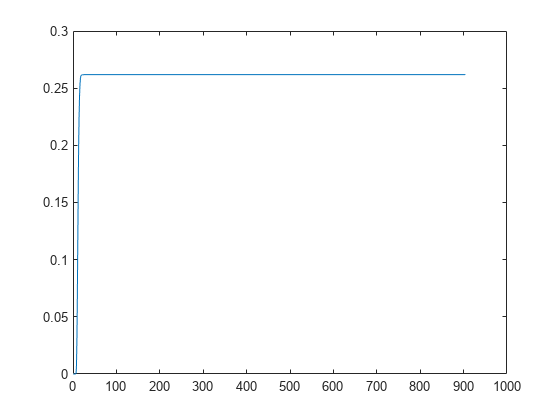fixedwing
Guidance model for fixed-wing UAVs
Description
A fixedwing object represents a reduced-order guidance model[1] for an unmanned aerial
vehicle (UAV). The model approximates the behavior of a closed-loop system consisting of an
autopilot controller and a fixed-wing kinematic model for 3-D motion.
For multirotor UAVs, see multirotor.
Creation
model = fixedwing creates a fixed-wing motion model with
double precision values for inputs, outputs, and configuration parameters
of the guidance model.
model = fixedwing(DataType) specifies the data type precision
(DataType property) for the inputs, outputs, and configurations
parameters of the guidance model.
Properties
Object Functions
control | Control commands for UAV |
derivative | Time derivative of UAV states |
environment | Environmental inputs for UAV |
state | UAV state vector |
Examples
More About
References
[1] Randal W. Beard and Timothy W. McLain. "Chapter 9." Small Unmanned Aircraft Theory and Practice, NJ: Princeton University Press, 2012.
Extended Capabilities
Version History
Introduced in R2018b

